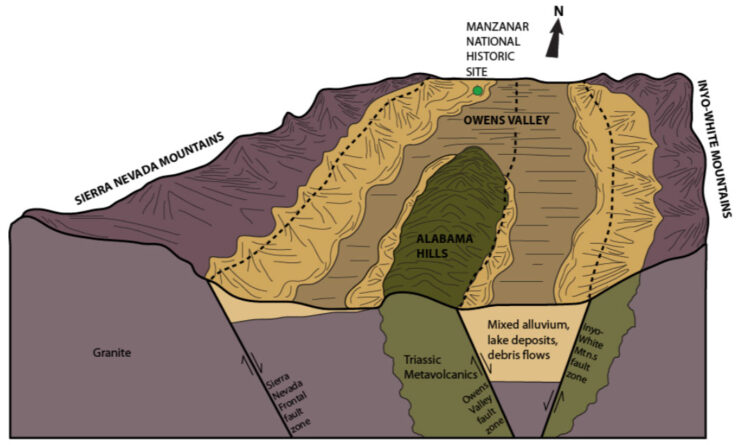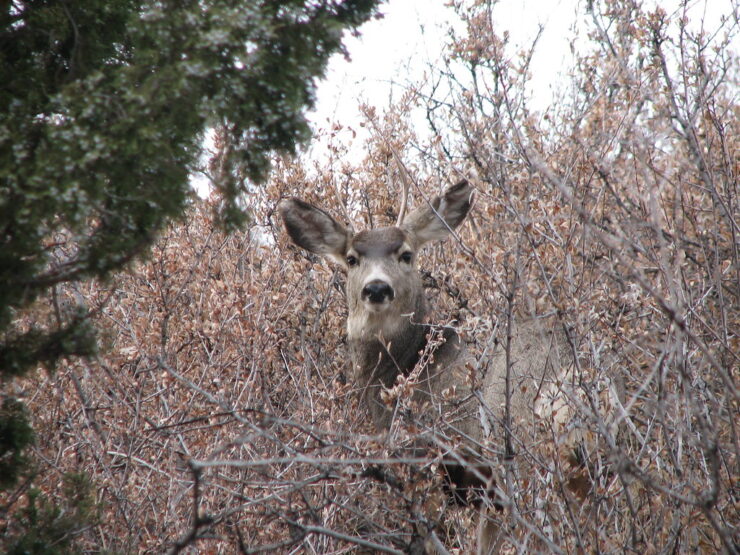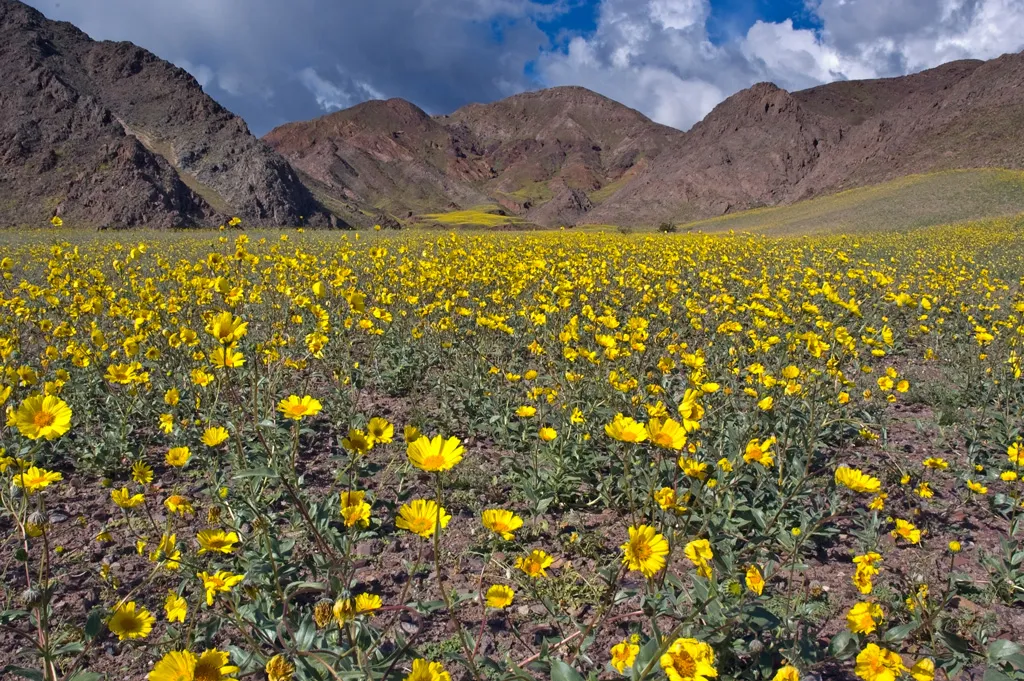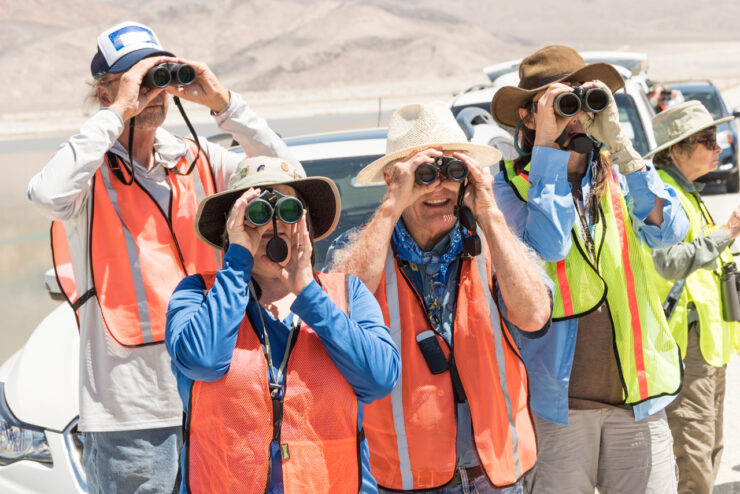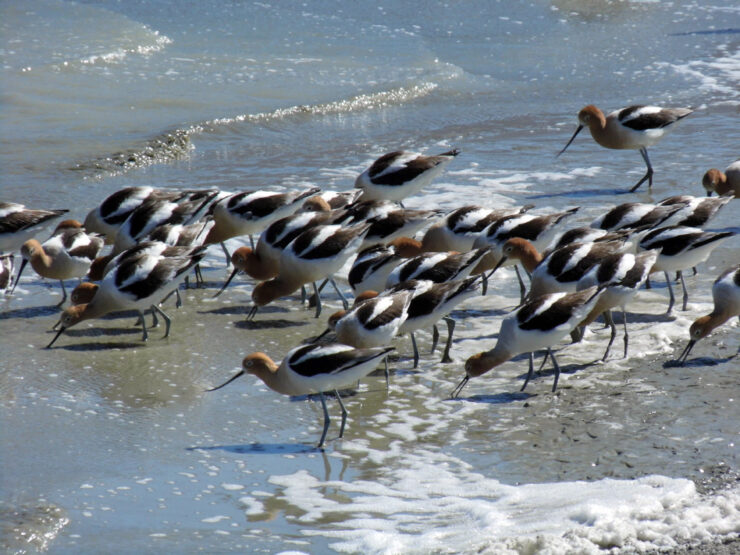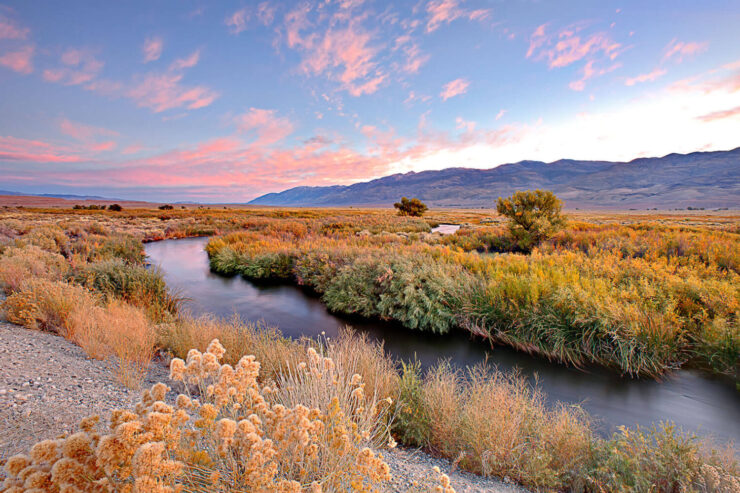Owens Valley Geology
The Owens Valley of eastern California is a deep north-south trending basin lying between the Sierra Nevada on the west and the White-Inyo Mountains on the east. The valley’s maximum topographic relief is about 10,800 feet between Mt. Whitney (14,494 ft.) and Lone Pine (~3,700 ft.), a horizontal distance of only about 13 miles. The … Read more

